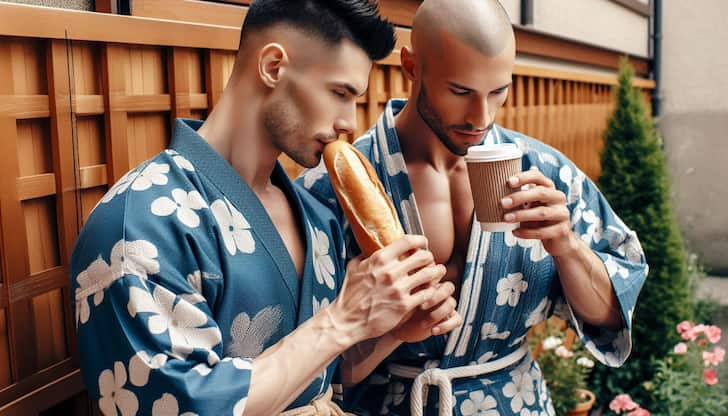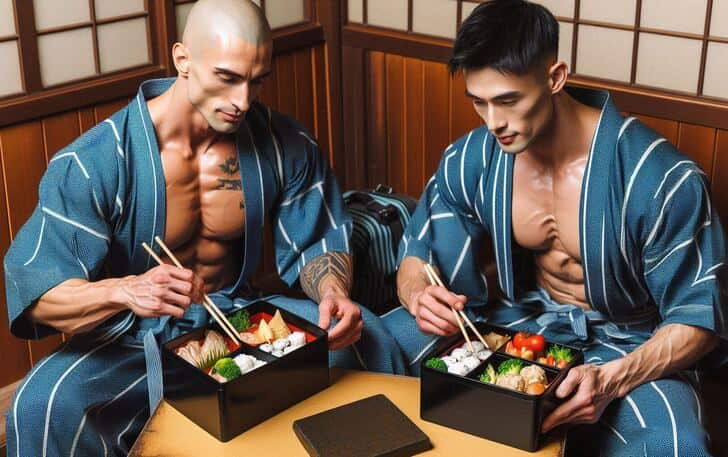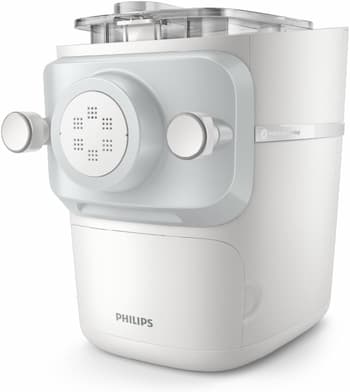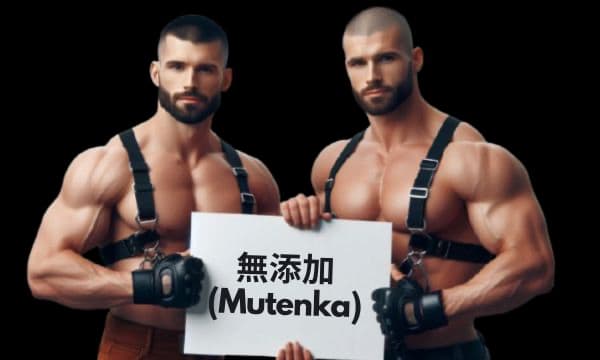Do you know there are some food additives used in Japan but are banned elsewhere? Some chemicals in your bento or snacks are fine in Japan but off-limits in places like the US, UK, Australia, or Europe, raising questions about safety. Are these additives silently harming people, and what can you do about it? We’ll dig into the specifics, look at any hard data, and figure out practical steps to stay safe without panicking.
What Are Food Additives, Anyway?
Food additives are substances added to food to keep it fresh, make it tastier, or improve its look and texture. Japan’s Ministry of Health, Labour and Welfare (MHLW) regulates them tightly, but their rules differ from other countries. Some additives allowed in Japan get red flags elsewhere due to health concerns. This gap makes you wonder why Japan’s okay with stuff others won’t touch.
- Potassium bromate strengthens bread dough. You find it in some Japanese breads, but it’s banned in the EU, UK, Canada, and Australia for possible cancer links. Animal studies show it may harm kidneys or thyroid, though human data is less clear. Check labels for “bromated flour” and opt for additive-free bread.
- BHA preserves snacks and cereals. Japan allows butylated hydroxyanisole (BHA), but the UK, parts of Europe, and some US states limit it over cancer concerns. Animal studies suggest high doses may disrupt hormones. Choose snacks labeled “additive-free” or “no preservatives” to avoid it.
- Furylfuramide (AF-2) was once in processed foods. Japan banned this preservative in 1988 after cancer risks emerged, but it lingered in foods like fish paste before that. Older studies linked it to DNA damage in animals. Stick to fresh or minimally processed foods to dodge lingering risks.
Why Japan Allows These Additives
Japan’s food safety standards are strict, but their method to additives hinges on history and science. Additives like BHA or potassium bromate have been used for decades, earning a pass unless clear human harm is proven. Other countries, like the EU, take a “better safe than sorry” stance, banning anything with even a hint of risk. This difference leaves Japan with a longer list of approved additives, some controversial.
- Long history of use sways regulators. BHA’s been in Japanese snacks forever, so MHLW sees it as safe based on past consumption. No major human studies in Japan show direct harm, but animal data worries other nations. Read ingredient lists and pick products with natural preservatives like vitamin C.
- Economic factors play a role. Food companies in Japan rely on additives to keep costs low and shelves stocked. Banning potassium bromate would disrupt bread production, raising prices. Support local bakeries using natural ingredients to push for cleaner options.
- Scientific thresholds differ. Japan requires solid human evidence to ban additives, unlike the EU’s precautionary bans on animal study risks. This keeps stuff like BHA legal despite concerns elsewhere. Ask your grocer about additive-free brands to reduce exposure.
Health Risks: What’s the Evidence?
Concerns about additives like potassium bromate or BHA come from animal studies, not widespread human data. Japan’s low cancer rates and high life expectancy (84 years, tops globally) suggest additives aren’t a clear killer. Still, long-term exposure to certain chemicals might add up, especially if you’re eating processed foods daily. Let’s look at what science says about the risks.
- Potassium bromate may increase cancer risk. Animal studies link it to kidney and thyroid tumors, though human evidence is sparse. Japan’s bread consumption is lower than the West, so exposure stays limited. Switch to whole-grain or artisanal breads to minimize any risk.
- BHA could disrupt hormones. High doses in rats caused endocrine issues, but human studies show no clear link at typical levels. Japan’s strict limits keep BHA doses low in foods. Opt for fresh fruits and nuts over preserved snacks to stay cautious.
- AF-2 left a cautionary tale. Before its 1988 ban, this additive was tied to DNA damage in lab tests, raising cancer fears. No major human outbreaks were reported, but it shook trust in regulation. Choose foods with short ingredient lists to avoid obscure additives.
Are Additives Killing Japanese People?
Japan’s health stats don’t scream “additive crisis.” Life expectancy is 84.7 years (2023 WHO data), and cancer rates (330 per 100,000) are lower than the US (400 per 100,000). Obesity (4.8%) and heart disease (140 per 100,000 deaths) are also way below Western averages. Still, processed foods with additives might contribute to subtle, long-term issues not fully tracked.
- Cancer rates don’t spike from additives. Japan’s stomach and colorectal cancer rates are high but tied more to diet (salted fish, low fiber) than additives like BHA. No studies directly link potassium bromate to Japan’s cancer stats. Focus on veggies and lean proteins to keep your diet clean.
- Chronic diseases show other culprits. Heart disease and diabetes are rising, but aging populations and sugar intake are bigger drivers than additives. BHA’s low doses haven’t been flagged in Japan’s health data. Cut back on processed snacks to lower overall risk.
- Historical bans show caution. AF-2’s ban came after animal studies, not human deaths, showing Japan acts when evidence mounts. No current additive has similar red flags in human data. Stay informed by checking MHLW updates for new bans.
Comparing Regulations: Japan vs. the World
Japan’s additive rules, set by the MHLW, allow 454 designated additives and 365 existing ones, per the Japan Food Chemical Research Foundation. The EU bans over 2,000 additives allowed in the US, and countries like Australia and the UK align closer to Europe’s caution. Japan’s list includes some, like potassium bromate, that others nix due to animal study risks. This gap fuels debate about whether Japan’s too lax or others are too strict.
- EU’s precautionary principle bans faster. Europe pulls additives like potassium bromate based on animal data, no human proof needed. Japan waits for stronger evidence, keeping BHA legal. Look for EU-imported foods in Japan for stricter standards.
- US lags behind Europe but not Japan. The US allows potassium bromate, like Japan, but banned brominated vegetable oil (BVO) in 2024 after health concerns. Japan also bans BVO, showing some alignment. Choose US brands that reformulate for global markets to avoid risky additives.
- Australia demands warning labels. Yellow 5 and 6, allowed in Japan, need warnings in Australia for hyperactivity risks in kids. Japan’s labels don’t flag these dyes. Check for “mutenka” (additive-free) labels to sidestep dyes.
What Can You Do to Stay Safe?
You’ve got power over what you eat, even with Japan’s additive rules. Reading labels, picking fresh foods, and supporting cleaner brands can cut your exposure. It’s not about ditching all processed foods - just being smarter about what’s in them. Small changes add up without turning your life upside down.
- Read labels like a pro. Look for “mutenka” or “no preservatives” on packages to avoid BHA or potassium bromate. Apps like Yuka (available in Japan) scan barcodes to flag risky additives. Spend a minute checking ingredients at the store to make better picks.
- Shop fresh and local. Buy veggies, fish, and rice from markets like Tsukiji to skip processed foods with additives. Fresh ingredients naturally dodge chemicals like BHA. Plan meals weekly to prioritize whole foods over packaged snacks.
- Support additive-free brands. Brands like Muji and Lawson’s Natural line offer “mutenka” snacks and bentos. These use natural preservatives like vitamin C instead of BHA. Stock your pantry with these to reduce additive intake.
Cooking at Home: Your Best Defense
Cooking your own meals lets you control what’s on your plate. Japan’s fresh markets and simple recipes make it easy to skip additives. You don’t need to be a chef - basic dishes like miso soup or grilled fish keep things clean. Plus, it’s cheaper than eating out or grabbing processed stuff.
- Master simple Japanese dishes. Make miso soup with fresh tofu and seaweed, avoiding packaged versions with BHA. It takes 10 minutes and skips all additives. Use dashi from scratch for authentic, chemical-free flavor.
- Batch-cook for busy days. Prep rice bowls with grilled salmon and veggies on weekends, steering clear of bento additives. Store portions in glass containers for quick meals. This cuts reliance on convenience store snacks with potassium bromate.
- Use natural preservatives. Swap BHA-laden snacks for homemade pickles with vinegar and salt. These last weeks and add flavor without chemicals. Experiment with umeboshi or tsukemono for variety.
Pushing for Change in Japan
If you’re worried about additives, you can nudge the system beyond your own kitchen. Japan’s food industry listens to consumer demand, and the “clean label” trend is growing. Joining advocacy groups or spreading awareness can pressure companies and regulators. It’s slow, but collective action works.
- Join consumer advocacy groups. Groups like the Japan Food Safety Association push for stricter additive rules. Sign their petitions or attend events to amplify your voice. Your involvement can sway MHLW policies over time.
- Spread the word online. Post about “mutenka” foods on social media to raise awareness among friends. Share articles on potassium bromate risks to spark discussion. Growing buzz can push brands to ditch harmful additives.
- Boycott risky products. Skip breads with potassium bromate and tell stores why you’re passing. Retailers notice sales drops and may stock cleaner options. Your wallet’s a vote for safer food.
Kids and Additives: Extra Caution
Kids are more sensitive to additives, especially dyes like Yellow 5 or 6, which Japan allows but Australia flags for hyperactivity. Japan’s school lunches are famously healthy, but snacks and candies can sneak in additives. If you’ve got kids, you’ll want to be extra vigilant. Teaching them to eat clean sets them up for life.
- Pack additive-free lunches. Make bento with rice, grilled fish, and veggies, skipping store-bought snacks with Yellow 5. It’s healthier and saves money over cafeteria options. Kids love colorful, natural foods like tamagoyaki or edamame.
- Swap candies for fruit. Replace dye-heavy gummies with fresh strawberries or mikan, avoiding Yellow 6. Kids get a sweet fix without the chemical load. Keep a fruit bowl handy for easy snacking.
- Talk to schools about snacks. Ask your kid’s school to limit additive-heavy treats at events. Suggest natural options like rice crackers or dried seaweed. Your input can shift what’s offered to all kids.
The Bigger Picture: Japan’s Food Culture
Japan’s food culture leans on fresh, seasonal ingredients, which naturally limits additive exposure. Traditional diets - think sushi, tempura, or soba - don’t need chemicals to shine. Processed foods are where additives creep in, especially in urban areas with busy lifestyles. Shifting back to whole foods aligns with Japan’s culinary roots.
- Embrace washoku principles. Cook with seasonal ingredients like kabocha in fall or saba in winter, skipping additive-heavy processed meals. Washoku emphasizes natural flavors, no BHA needed. Visit farmers’ markets for inspiration.
- Limit convenience store runs. Grab a rice ball or tea instead of BHA-laden chips at 7-Eleven. Onigiri with natural fillings like ume are low-additive picks. Plan snacks ahead to avoid impulse buys.
- Learn from rural diets. Rural Japanese eat less processed food, relying on homegrown veggies and fish. Their low additive intake aligns with longer lifespans. Grow herbs or small veggies at home to mimic this.
What’s Next for Japan’s Regulations?
Japan’s MHLW is under pressure to align with global standards as consumers demand cleaner food. The “mutenka” trend shows people want fewer additives, and companies are listening. No major bans are slated, but potassium bromate and BHA are on watchlists. Staying informed keeps you ahead of changes.
- Monitor MHLW announcements. Check the MHLW website or Japan Food Chemical Research Foundation for additive updates. New studies could prompt bans like AF-2’s in 1988. Set news alerts for “food safety Japan” to stay current.
- Support clean-label brands. Buy from companies like Aeon’s Topvalu, which pushes additive-free lines. Their sales growth pressures others to follow suit. Your purchases signal demand for safer products.
- Push for clearer labels. Advocate for laws requiring all additives, even processing aids, to be listed. Better labeling helps you spot BHA or dyes easily. Email your local politician to back food transparency bills.
Taking Control of Your Food
So, there’s the lowdown on Japan’s food additives and how to handle them. You’ve got options - read labels, cook fresh, and push for change to keep risky stuff like potassium bromate or BHA off your plate. Japan’s health stats don’t show a crisis, but staying proactive keeps you and your family safer. Eat like your grandma would’ve cooked, and you’ll be golden.





